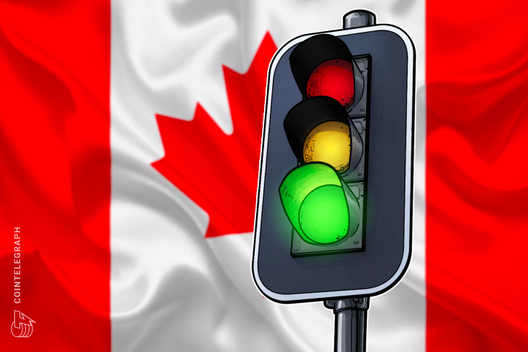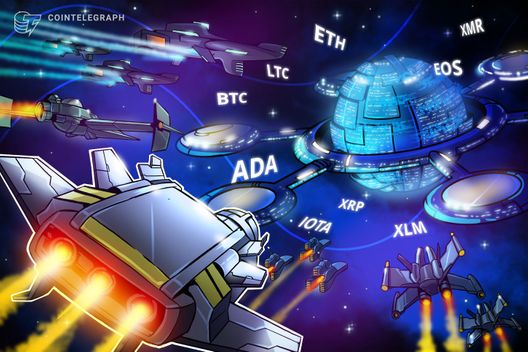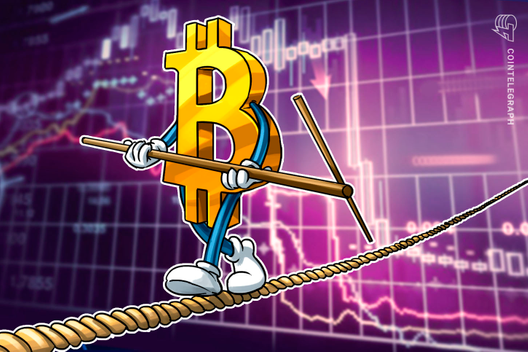Utility, volatility and longevity: Looking beyond the hype
Opinion by: James Newman, chief corporate affairs officer at Chiliz
The perception of blockchain, especially for those outside the industry, has often been driven primarily by stories of extreme volatility, bad actors and speculation.
In past months, the industry has been dominated by the narratives around the rise and subsequent fall of memecoins like HAWK, Fartcoin and LIBRA. Rewind to 2021, and lacking a genuine use case, the massive hype around non-fungible tokens (NFTs) failed to translate to long-term success, with the average NFT project today having a lifespan 2.5 times shorter than the average crypto project.
For many, however, the appeal of these assets lies in their volatility, turning a few dollars into a fortune overnight. While NFTs and memecoins are undeniably part of Web3 culture, what sustains projects, keeps users engaged, and drives the industry forward is not volatility but providing genuine solutions to real-world problems. Ultimately, it’s about utility.
Utility drives stability
Many blockchain projects fail because they are solutions searching for a problem rather than solving an existing one. Assets that offer no utility at all are unlikely to be more than a flash-in-the-pan moment of volatile speculation. While digital assets continue pushing technological innovation’s boundaries, human needs for utility and tangible value remain constant. Moreover, a digital asset’s utility promotes stability by shifting focus away from short-term speculation to meaningful engagement.
When assessing the stability of a digital asset, its longevity is far more telling than short-term price swings. Volatility is inherent in crypto, but the accurate measure of resilience is whether a project can endure across market cycles. Fan tokens have demonstrated this stability, whereas NFTs — despite their initial boom — have struggled mainly to maintain long-term value beyond speculative hype.
While memecoins certainly generate hype, their longevity is fleeting. 97% of memecoins launched in 2024 have already failed. There are exceptions, of course, but the overwhelming majority don’t stand the test of time.
In contrast, sports clubs have been issuing fan tokens since 2018, weathering both bull and bear markets. Their resilience comes from utility — fan tokens continuously evolve to reimagine fan engagement, bringing fans and clubs closer together.
Solve problems, create value, establish longevity
The connection between utility and stability is clear. Digital assets that solve real-world problems foster sustainable adoption. Instead of attracting speculators hoping for quick profits, utility-driven assets bring in users with a genuine need for or interest in the project.
The rise of stablecoins underscores the importance of utility.
Recent: Fan tokens offer stability — NFTs have not
Over the past six months, stablecoin market capitalization has grown from $160 billion to $230 billion. According to DeSpread Research, in 2021, there were 27 stablecoins. By July 2024, there were 182, representing a 574% growth rate over three years. The reason? Stablecoins provide users real utility, whether you’re a small business owner looking to transact across borders or a developer looking for liquidity for your decentralized finance (DeFi) protocol.
Another indicator of an asset’s utility is institutional adoption. To put it bluntly, BlackRock invests in Bitcoin (BTC). It offers BTC exchange-traded funds (ETFs) — not Fartcoin — because institutions prioritize assets with a proven track record of creating tangible value for their customers over short-lived, hype-filled speculation.
For sports fans, emotional connections to their teams run deep — even if they’ve never set foot in their team’s stadium. Fan tokens fill this gap and tap into this emotional connection by offering more ways for fans to engage with their teams through direct participation and rewards — no matter where they are in the world.
Whether voting on team decisions, accessing exclusive deals, staking fan tokens for additional perks or simply owning a piece of their team’s digital identity, fan tokens provide utility through their lifecycle.
The future of digital assets
To bring it full circle, Satoshi Nakamoto’s original vision for Bitcoin was to solve a problem: an unfair financial system. 16 years later, despite the many applications of blockchain technology, this remains the reality of the asset.
The future of digital assets will be defined by their ability to solve real-world problems, which is recognized by the clubs themselves. This is why they don’t just issue fan tokens — they actively grant their IP rights to strengthen trust and credibility in the asset. When some of the world’s most iconic sports brands embrace blockchain technology this way, it’s a clear signal that the next era of fan engagement isn’t on the horizon — it’s already here. And we’re only just getting started.
Beyond fan tokens, blockchain is transforming the sports industry across multiple dimensions, with each use case becoming increasingly interconnected. Take Tether’s recent investment in Juventus. The surge in the price of Juventus’ fan token underscores how deeply blockchain and crypto intersect across investment, sponsorship and fan engagement. With crypto sponsorships in sports surging in 2024, this convergence will only accelerate as clubs, leagues and brands explore new ways to harness Web3 technology — creating richer, more interactive fan experiences while unlocking new revenue streams.
Opinion by: James Newman, chief corporate affairs officer at Chiliz.
This article is for general information purposes and is not intended to be and should not be taken as legal or investment advice. The views, thoughts, and opinions expressed here are the author’s alone and do not necessarily reflect or represent the views and opinions of Cointelegraph.









